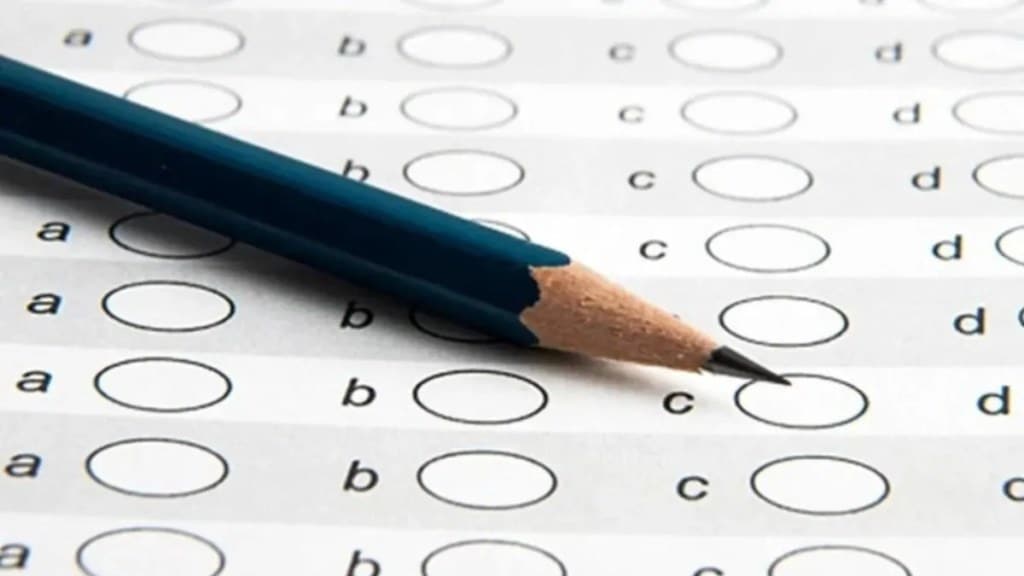Prakash Kailasam, executive vice president, Technology Research and Advisory, Aranca, shares his views on opportunities and challenges of the Indian education system with FE Education Online.
What is the best thing about today’s education system?
The best thing about today’s education system is its growing emphasis on practicality and real-life situations. Unlike traditional methods that relied heavily on memorisation, modern education encourages students to apply their knowledge to practical scenarios. This approach cultivates critical thinking skills, problem-solving abilities, and creativity, enabling students to become adaptable and well-rounded individuals.
What is the one thing you would like to change in the system?
I believe that the overemphasis on standardised testing and marks need to change. While continuous assessment has been emphasised in primary education, there is a sudden shift to standardised testing at the secondary level, which places excessive pressure on students and encourages a narrow focus on memorisation and regurgitation of information. I believe that education should prioritise holistic development. By shifting the emphasis away from high-stakes testing, we can create an environment that encourages students to explore their passions, think independently, and develop a love for learning.
What is the role digital has played in the evolution of the education system?
The role of digital technology in education cannot be overstated. It has revolutionised the way students learn, teachers teach, and educational institutions operate. With the integration of digital tools, students now have access to a wealth of information and resources at their fingertips, expanding the scope of learning beyond the confines of the classroom. Digital platforms have made education more accessible, breaking down geographical barriers and providing opportunities for remote learning. Online courses and virtual classrooms enable students to pursue education at their own pace and convenience. Moreover, digital technologies facilitate interactive and immersive learning experiences through multimedia content, simulations, and virtual reality.
What has been the disadvantage of digital tools in education?
Excessive dependence on digital tools blocks an individual’s creativity and thinking prowess. Therefore, there is a need to have a balance between learning based on field visits and usage of online resources by students.
What is the career advice you would like to give to students?
Students take critical decisions that can significantly impact their career trajectory based on secondary information. They should be encouraged to visit various faculties at universities accessible to them and interact with students and teachers to learn more about the streams and make informed choices. Such practices are very common in many countries where universities open their campuses for visits by prospective students.

